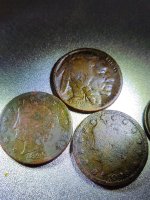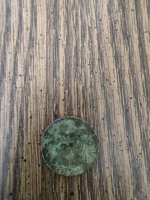The Louisiana Democrat. (Alexandria, La.), 05 March 1890.
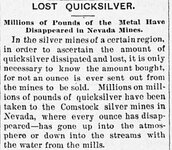
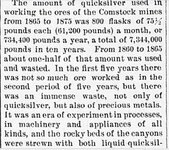
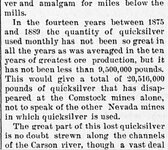
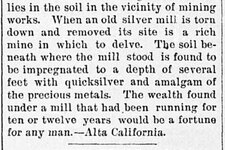
The Louisiana Democrat. (Alexandria, La.) 1845-1918, March 05, 1890, Image 1 « Chronicling America « Library of Congress




The Louisiana Democrat. (Alexandria, La.) 1845-1918, March 05, 1890, Image 1 « Chronicling America « Library of Congress
Amazon Forum Fav 👍
Upvote
0




